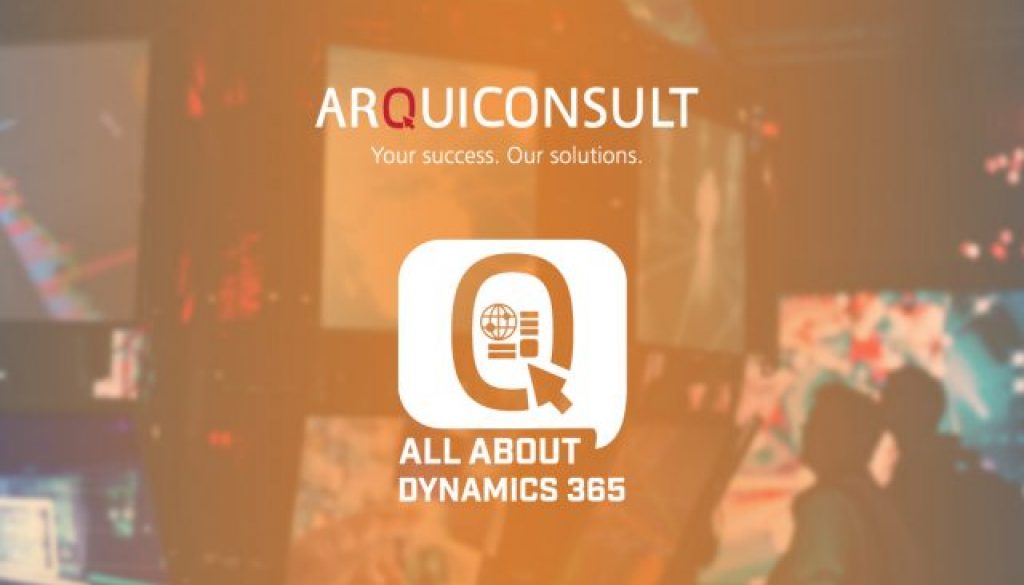‘Burning platform’ – how long can you continue to use your current ERP/CRM solution?
The global IT industry is in times of great change. The transformation from the traditional on premise software solutions to the cloud is a huge challenge for the ERP/CRM vendors and all their implementation partners. A successful transformation demands for a clear vision, development power, large R&D budgets and attractive marketing and sales to convince the existing customer base to migrate. Often forgotten but crucial for long-term vendor success is an active version-and release-policy. In other words: how long will your vendor support and actively maintain the (often older) version of the on premise solutions that you are using today? And what’s the impact on your own investment and implementation plans?
In today’s world, ERP/CRM solutions play a crucial role in the success formula of many organisations. Think about the need of being well-organized, being pro-active and transparent, being fast in your delivery based on modern business processes and the need of putting your customer in the center of what you do. These are all elements that can make the difference between success and failure. So it’s very important that you use a solution that guarantees the full support of your vendor when it comes to bug fixing and complying with laws and regulations. But also following business trends and continuously adding new functionality.
An well-known example of ceasing active support on a popular IT product was Windows 95. A few years ago, Microsoft early announced that this product moved towards an end-of-life status. And that support wasn’t guaranteed after a certain date. The company spend a small fortune in marketing to make sure that all the world was informed in time. And despite all these efforts, there are still organisations using Windows 95. This is what we call a ‘burning platform’.
Similar choices have to be made by your own ERP/CRM vendor shortly. Especially when it comes to their on premise solutions. And that includes the underlying infrastructure, like the (versions of) the operating system, the database, the reporting tools and even the server.
If you are already a Microsoft Dynamics on premise user today, this is the link to a Microsoft landing page that shows you the formal support that you can expect on your current version: Microsoft Lifecycle Policy | Microsoft Docs. The site is continuously updated and that shows that Microsoft takes her customers interests very seriously.
If you’re not a Microsoft Dynamics user today, you’d better open a discussion with your current vendor. Let them confirm in writing how long your current solution is actively supported, what level of support you can expect and what potentially will happen after that deadline.
Your ERP/CRM solution is the beating heart of your organization. It’s up to you to make sure that it keeps beating. So you have to everything to avoid ending up on a ‘burning platform’.


